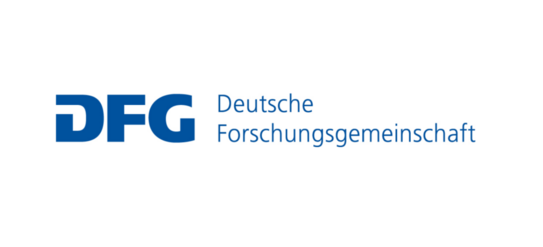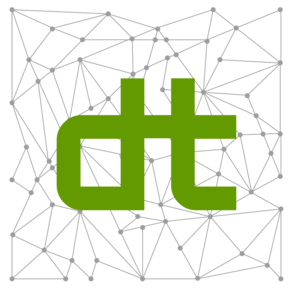Digital Work: The Influence of Social Context on IT Professional Fluctuation
(Project duration: 2020 to 2023)
Funding body: DFG - German Research Foundation

Context
A key research subject in business informatics is the individuals who design, develop, implement, operate, and maintain information systems (Wiesche, Joseph, Thatcher, Gu, & Krcmar, 2019). Not only these IT workers, but also their tasks and the market for IT labor have specific characteristics. In particular, the termination behavior of IT employees poses great challenges to organizations due to the high market demand and due to the caused costs for recruitment, training, and the disruption of business processes (Niederman, Sumner, & Maertz Jr, 2007). Therefore, many, IT-specific aspects of termination behavior have already been studied in business informatics (Joseph et al., 2007; Zylka & Fischbach, 2017). However, so far, the focus has been on job- and organization-specific factors and the impact of the social environment has not been investigated.
Project Objectives
This research project answers the question of how the social environment influences the termination behavior of IT employees. The basis of this research is a predefined model of social comparison developed on Social Comparison Theory (SCT), which relates the influence of the social environment on IT employees (Festinger, 1954). The research project follows an explanatory mixed-methods approach to combine perceived aspects in the termination process with actual termination behavior (Creswell, 2009). Thus, the project has to achieve three goals: (1) to examine the immediate social context in IT work as it has a strong influence on the turnover behavior of IT professionals, (2) to explain how similarity in domain-specific attributes shapes the turnover behavior of IT professionals, and (3) to lay a foundation for conceptualizing how social comparison leads to turnover between groups of IT professionals.
Work Packages
- Preparation of the data set
- Development of the organizational network
- Dynamic analysis of the organizational network
- Survival analysis
- Interview-based data collection
- Exploratory analysis
- Mixed-method analysis
- Consolidation and dissemination of results
Sources
Creswell, J. W. (2009). Research design: Qualitative, quantitative, and mixed methods approaches: Sage Publications, Inc.
Festinger, L. (1954). A Theory of Social Comparison Processes. Human Relations, 7(2), 117-140.
Joseph, D., Ng, K.-Y., Koh, C., & Ang, S. (2007). Turnover of Information Technology Professionals: A Narrative Review, Meta-Analytic Structural Equation Modeling, and Model Development. MIS Quarterly, 31(3), 547-577.
Niederman, F., Sumner, M., & Maertz Jr, C. P. (2007). Testing and Extending the Unfolding Model of Voluntary Turnover to IT Professionals. Human Resource Management, 46(3), 331-347.
Wiesche, M., Joseph, D., Thatcher, J., Gu, B., & Krcmar, H. (2019). IT Workforce. MIS Quarterly Research Curation.
Zylka, M. P., & Fischbach, K. (2017). Turning the Spotlight on the Consequences of Individual IT Turnover: A Literature Review and Research Agenda. ACM SIGMIS Database: the DATABASE for Advances in Information Systems, 48(2), 52-78.

